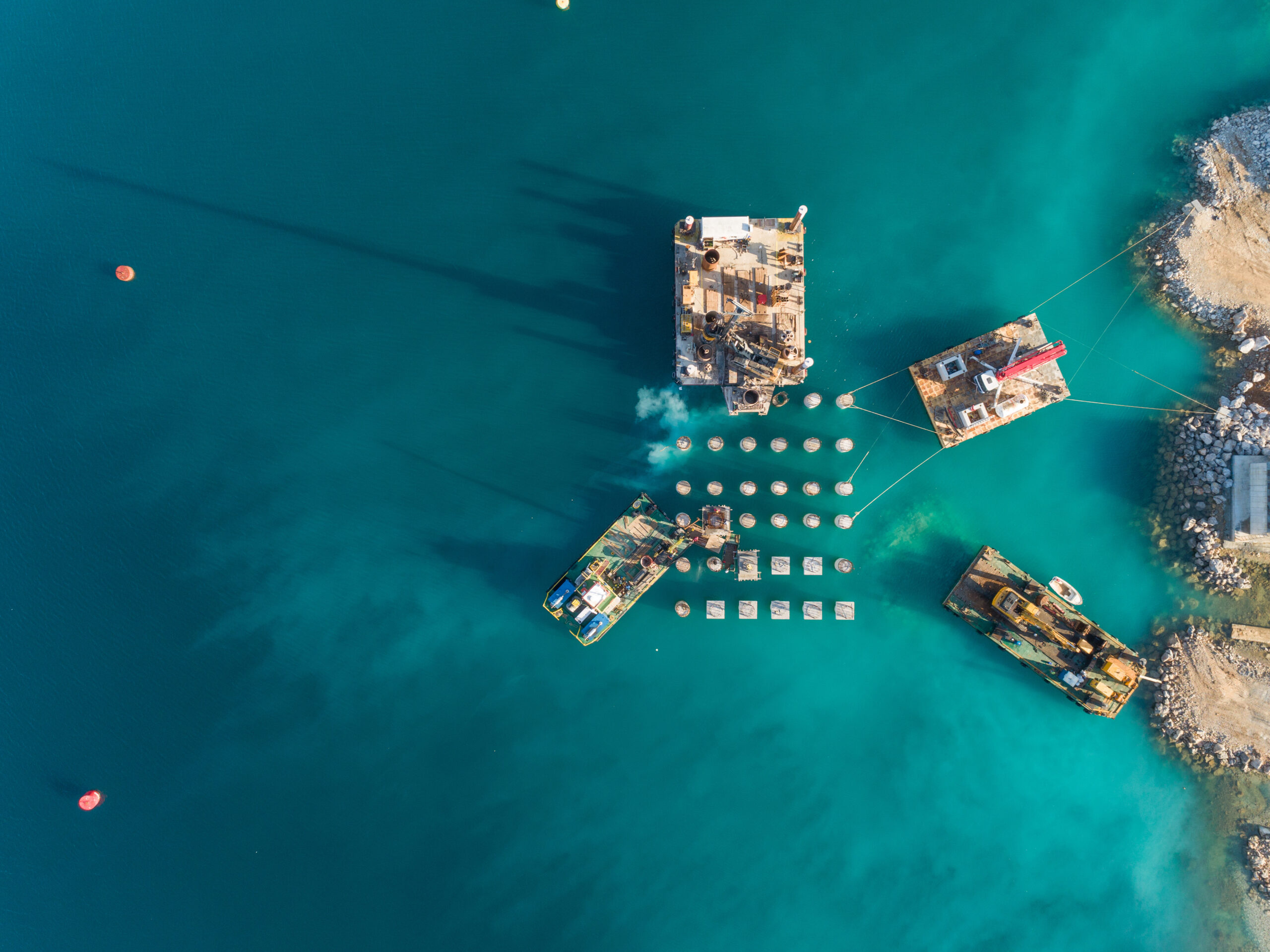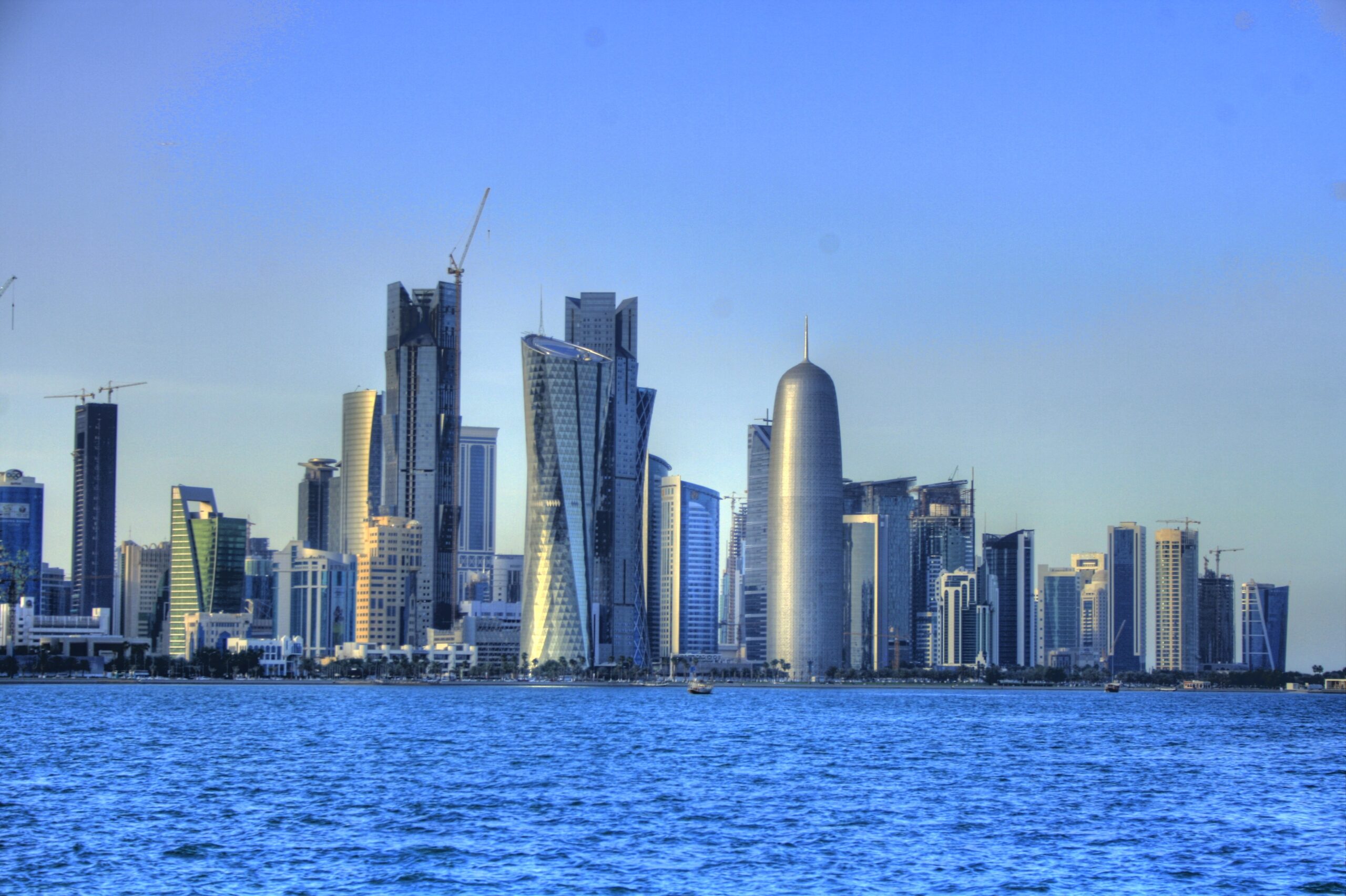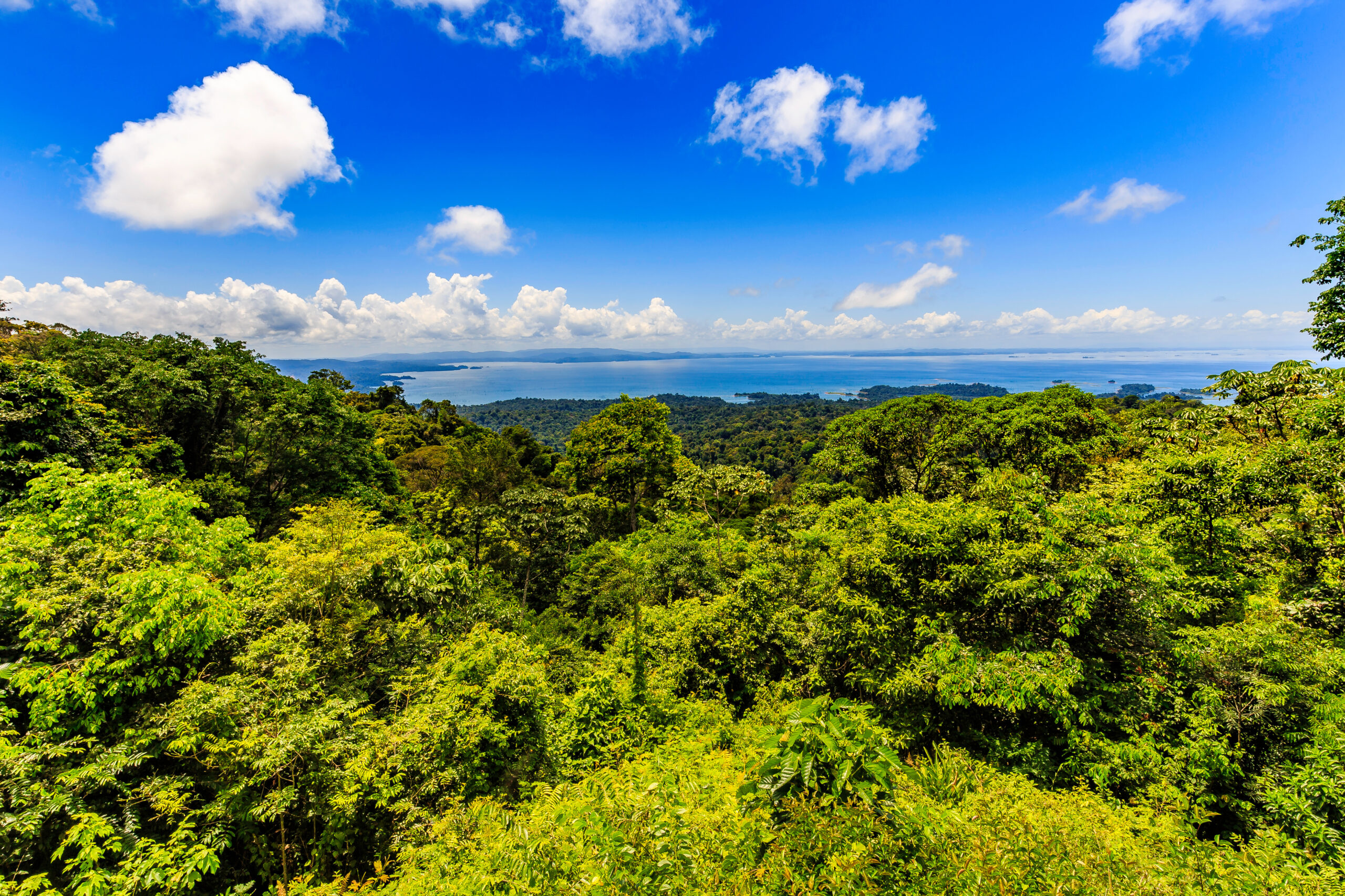Corporate interests overshadow Philippines’ energy security
The Philippines’ energy sector has recently seen its first imported LNG shipment, but regulatory, market and financial complications persist.

The Philippines’ energy sector is experiencing rampant development but that growth has intersected with local politics and a lack of corporate responsibility.
Earlier this month, the country purchased its first LNG shipment, coming after more than a decade of regulatory, market and financial complications that saw numerous international energy players leave the sector in frustration.
Energy and commodities trader Vitol delivered the cargo to SMC Global Power Holdings from its global portfolio, the company said in a statement. Volume and pricing details were not given.
SMC Global Power is the power arm of San Miguel Corp., one of the largest conglomerates in the Philippines and the largest gas developer in Southeast Asia.
San Miguel is increasingly in the climate mitigation crosshairs over its coal, LNG and gas-to-power development in the country. It’s also been implicated in a large oil spill in February off the coast of Naujan, near the Philippine province of Oriental Mindoro, that’s caused severe environmental degradation and economic loss for impacted areas.
Philippines’ gas quandary
The Philippines first LNG import comes as its offshore Malampaya natural gas field nears depletion, with estimates that the field could run dry as early as 2024.
Malampaya provides 30% of the fuel needed to power Luzon, the country’s main island. Luzon includes metro-Manila, the country’s capital of around 15 million people.
The Philippines has seven approved LNG import terminals, representing some 36.5 million tonnes per annum (mtpa) of LNG import terminal capacity under development. It also has 29.9 gigawatts (GW) of gas-fired power projects in various stages of development.
However, none of the Philippines’ proposed or soon-to-be-commissioned LNG import projects have signed long-term offtake deals. This leaves the country exposed to both price and supply volatility in the spot market.
More developments are also underway, challenging not only the Philippines’ fledgling LNG sector but the country’s energy security.
Power price dispute round one
Two of the country’s energy behemoths have been in court over contract disputes. However, they quickly joined sides in an apparent attempt to have consumers pay for their financial modelling and forecasting mistakes.
The first dispute involved the temporary suspension of a power supply agreement (PSA) between Meralco, the country’s largest electricity distributor, and SPPC – an SMC Global Power subsidiary.
Under the terms of the PSA, SPPC agreed to supply Meralco with 670MW of power from its Ilijan natural gas plant in Batangas province, some 100 km south of Manila, at a fixed price of PHP4.1496 per kWh.
Notably, under contractual fixed pricing terms the power generation company bears the risk of higher fuel costs, not end-users.
Added to the fray, SPPC has been hit hard by higher commodity prices over the past few years. It reported that its two power plants sustained combined losses of PHP15 billion (US$266 million) in 2021. “Skyrocketing global coal prices and unilateral natural gas supply restrictions from Malampaya,” were given as the main reasons for the losses.
SPPC’s two power plants consist of a coal power plant in Sual, Pangasinan, and its gas-fired power plant in Ilijan – both in Luzon.
Against this backdrop, SPPC and Meralco last year sought joint relief from the Philippine Energy Regulatory Commission (ERC) to allow a temporary increase in power prices.
However, in September the ERC rejected their appeal, ruling that while it wasn’t “blind to the woes and difficulties faced by consumers and businesses,” it still needs to decide on the basis of what is laid down on the PSA, which Meralco and SPPC “entered into on their own free will, without pressure from anyone.”
But an appellate court later allowed both parties to renegotiate the deal. Following the court’s ruling, parent company San Miguel announced that its power subsidiary would terminate its PSA with Meralco, effective December 7, 2022.
Power price dispute round two
SPPC and Meralco then reached a separate emergency deal in March for 300MW of power from the Ilijan gas plant. Media outlets in Manila reported that the power price under the new one-year PSA is around PHP7.80/kWh, a substantial increase over its previous contract price of PHP4.1496 per kWh, with those higher fuel costs passed to end-users. This in effect nullified the findings of the ERC.
The possibility that both industrial and residential users have to pick up the tab for SPPC’s failure to price in possible adverse market conditions in its contract reached in 2019 has had many in the country protest the developments.
LNG pricing questions
The Philippines power pricing problem comes full circle with its first LNG import, especially since the price of the cargo remains undisclosed.
At current LNG prices in Asia the Institute for Energy Economics and Financial Analysis (IEEFA) estimates that rates from LNG-fired power generation in the Philippines could be roughly PHP9/kWh. Moreover, based on average global LNG prices last year, LNG-fired power could cost as much as PHP16/kWh.
Worse yet, SMC Global Power doesn’t have any long-term offtake deals in place. Without a contract to buy the fuel at predetermined prices, LNG-to-power costs could fluctuate wildly according to volatile prices in international spot markets, the IEEFA added. This in turn could also see end-users picking up the tab for higher prices.
Additional PSA cancellation
An additional power price conflict involves EERI, another SMC Global Power subsidiary, and a soon to be completed 1,200 MW gas-fired power plant in Batangas.
EERI inked a deal with Meralco in 2021 to provide power for PHP4.1462/kWh. Under the bidding terms, associated fuel costs would only be fully passed through after the tenth year of the contract. However, in March EERI terminated the deal due to what it called a lapsed “longstop date’ contractual provision.
A longstop date refers to an established business practice where two parties agree on a timeframe in which all the conditions precedent for a transaction should be fulfilled or completed.
Meralco is now considering a new request to hold another competitive selection process (CSP) to replace the nullified contract. To date, that CSP hasn’t taken place.
Philippines energy policy shift
The Philippines ongoing power pricing irregularities come as the Philippine government tries to jumpstart the country’s renewable energy sector.
On December 22, Manila authorized full foreign ownership in renewable projects in the country. Previously, foreign firms could own only up to 40% of an energy project, with the balance being held by a Filipino firm or citizen.
Foreign investors can now hold 100% equity in the exploration, development, and utilization of solar, wind, hydro, and ocean or tidal energy resources. Foreign firms already operating in a joint venture with a Filipino partner may also now take a controlling stake in such ventures.
The country plans to increase renewables to 35% of its energy mix by 2030 and 50% by 2040. However, it still doesn’t have a net zero pledge in place.



